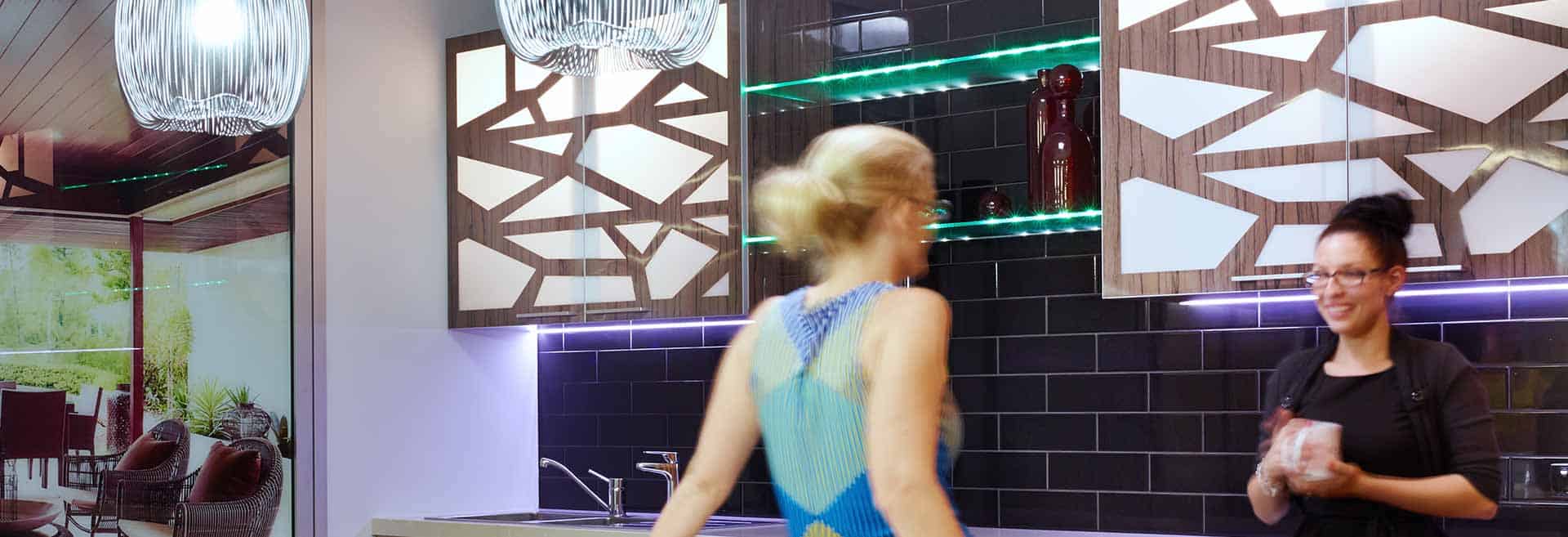
07 Feb It’s about Engagement not just Retention
An interesting conversation with a client over coffee left me with a thought that I have been mulling over ever since. Their lease was expiring and they are looking to secure new premises and of course the question about the style of office arose. The view that the organisation had taken in developing their next office space was that;
“in this market staff retention is not as important”.
By that, they meant the current economy was no longer driving the need for employers to be conscious of staff retention, as it is clearly an employers market, with job opportunities scarce and employees lucky to have a job. Whilst I agree in part with this statement, and agree that the current economy has had a significant impact on employment rates and the need for organisations to be bowing to the demands of their top recruits. However there is still a need for organisations to be mindful of the environments that they are creating for their people, not just to retain them but to engage them.
Workplace studies have concluded that high performing organisations also have “high performing” workplaces, illustrating that there is a direct link between design and business performance.
Workplaces that support and engage employees to unlock their full potential, to be more creative, more innovative, more responsive and ultimately more productive. When staff are performing at their peak so is the organisation.
When we talk about design, we are not simply speaking about the aesthetics of the space, whilst this is an important factor in the scheme of things, we are talking about the holistic design of the environment. We are looking at;
- how well the space is laid out,
- how easy is it for Team A to communicate with Team B,
- how have we dealt with the competing performance requirements of Team C [who are quiet and concentrative task performers] with that of Team D [who are social and collaborative],
- how have we captured and executed the organisations strategic vision, their goals and their values
High performing workplaces are said to create a balance of four critical elements,
- Focus
- Collaboration
- Learning
- Socialising
Each of these elements are needed to be catered for in the office environment whilst not in equal proportion, this will fluctuate dependant on the needs of the business and the tasks performed by those in the business. It is through engagement and understanding of the unique organisational requirements that these elements can be assessed and designed for, supporting the organisations performance ability.
Whilst open plan has had its share of critics, the reality is that this style of environment is going to be preferred by the facilities managers and cost controllers due to its efficiencies and impact on the bottom line. However, it is important that the design of our work environments balances the need for both collaborative and concentrative work. Office based workers are inherently knowledge workers and require to operate in two main modes, individual, quiet concentrative work or in group activities such as brainstorming or meetings. The office requires to be able to adequately support both these functions equally well in order to support the peak performance of its occupants.
Gensler’s US Workplace Survey 2013 demonstrated that Balanced Workplaces are more creative and more innovative and ranked more highly by the employees of their company.
So what I am encouraging is a shift in our perspective on the design of our workplace environments from being [or not being as the case may be] focused on employee retention to that of employee engagement. To ensure that we are addressing the requirements of each specific organisation, their people and providing them the spatial tools to perform their day to day tasks. In doing so, we will be contributing to organisational sustainability due to the improved performance of its people, which ironically, may in turn contribute to staff retention.


